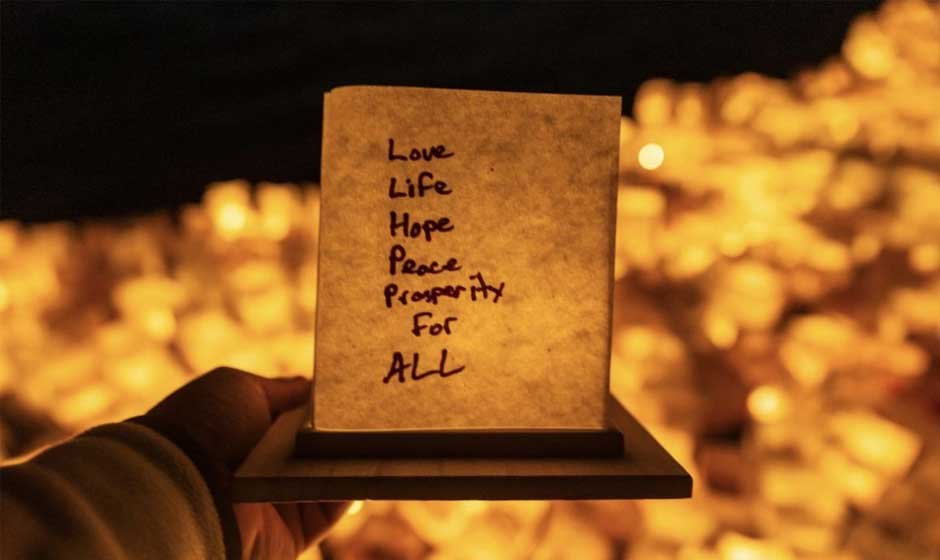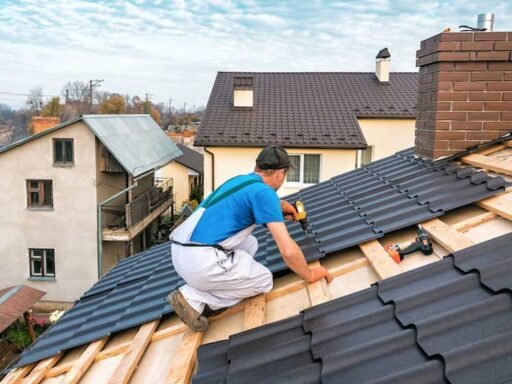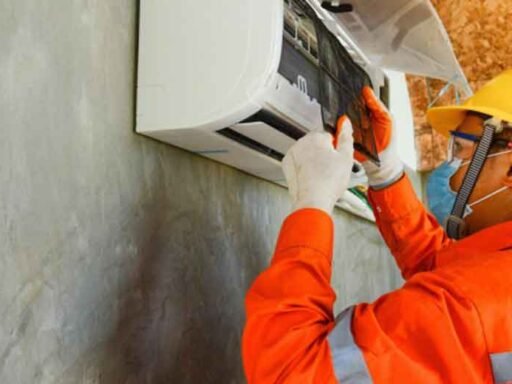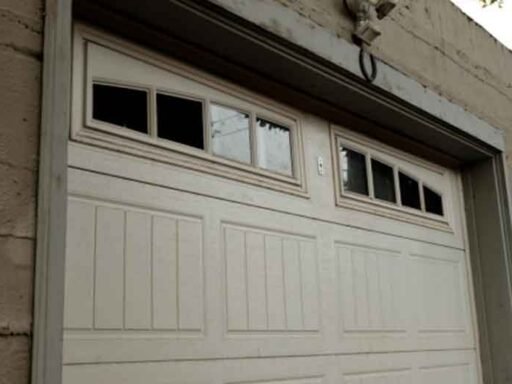Most people don’t think much about their electricity—until it’s gone. The second the lights switch off and everything goes quiet, it’s easy to feel stuck. Fridges stop humming, chargers go dead, and nothing works the way it should. Even short power cuts can be a problem, especially when it’s cold, dark, or you’re in the middle of something important.
Having a plan for those moments doesn’t mean going full survival mode. It just means being ready with something simple and reliable that can step in when the mains can’t. That’s where backup power comes in. More people are setting up battery-based solutions at home, not just for emergencies, but for peace of mind. Some of them turn to Battery storage and energy solutions that are easy to set up and can power the basics without needing a full house rewiring.
Power Cuts Happen More Than People Expect
Power cuts aren’t always major disasters. They can be short and random, caused by bad weather, roadworks, or even just a blown fuse down the street. But even short ones can cause big problems. Food can spoil, internet connections drop, alarms stop working, and people who work from home lose access to everything they need.
And in winter, things get more serious. Heating systems, lights, and electric cookers all depend on the mains. A blackout during cold weather can turn uncomfortable pretty quickly.
This is why backup power is becoming more common in regular households. It’s no longer something only used by campers or tech fans. It’s a practical home upgrade that’s small, simple, and worth having.
What Backup Power Actually Does at Home
A good home battery or portable power station can power small appliances, charge devices, and keep lights on. Some models can run a Wi-Fi router or even a fridge for a while, depending on how much energy is stored.
What makes it useful is how quickly it can be used. There’s no waiting, no setting up in the dark. It’s just there, already charged, ready to plug into when the house goes quiet.
Some people leave theirs in a kitchen or hallway. Others keep one charged in the garage. Either way, having something that’s not connected to the mains means having more control over the situation. It also helps reduce stress during surprise outages.
It’s Not About Powering Everything
No battery can run a whole house forever—not without a huge system or solar setup. But that’s not really the point. The goal is to cover the basics. That might mean charging phones, powering a light or two, or keeping the internet running long enough to finish a job or make a call.
The most useful setups are the ones that focus on what matters most in those moments. That could be a baby monitor, a medical device, or simply keeping warm and connected.
Once people figure out what they need most during a blackout, it’s easier to choose a setup that fits. Not every home needs the same thing, but every home can benefit from having something ready.
It’s Not Just for Blackouts
While the main use is usually emergency power, portable energy stations are also useful in normal life. They come in handy during garden projects, outdoor movie nights, or when there’s no plug nearby.
Some people use them to power tools, charge bikes, or run small appliances in sheds or garages. They’re quiet, easy to carry, and don’t need fuel. That means they’re useful even when nothing’s gone wrong.
And because many newer models can be recharged using solar panels, they can also help cut down on energy bills or support more eco-friendly setups at home.
Things to Think About Before Getting One
Not all power stations are the same. Some are small and simple, good for charging phones or lighting a room. Others are bigger and can power heavier appliances for longer. It all depends on what you need and how often you think you’ll use it.
Before choosing one, it helps to think about:
- How many devices you’d want to power at once
- How long you’d like it to last without recharging
- Whether you want it to be portable or fixed in one spot
- If solar charging or outdoor use matters
Once that’s clear, it’s easier to figure out what kind of battery size and output makes sense. Some homes might only need a small backup, while others could use a bit more support.
Making the Most of What You’ve Got
Even the best battery won’t help much if it’s sitting somewhere unplugged and empty. Keeping it charged, stored in an easy-to-reach place, and testing it now and then makes a big difference.
Some people build a small blackout box with a torch, candles, matches, and the power station in one spot. That way, everything’s together when needed.
It doesn’t have to be a major setup. It just needs to work when it matters. That’s what makes it feel more like a smart home tool than an emergency-only item.
A Small Change That Feels Big
It’s easy to forget how much we rely on power. Until it’s gone, most people don’t even notice how often it’s being used. But once it cuts out, the whole house feels different.
That’s why having backup energy makes such a big difference. It’s not flashy, and it doesn’t take over your home. But when the lights go out, having a plan—something quiet, simple, and ready—can turn a stressful moment into just a small pause in the day.
And once it’s there, people often wonder how they went without it for so long.





